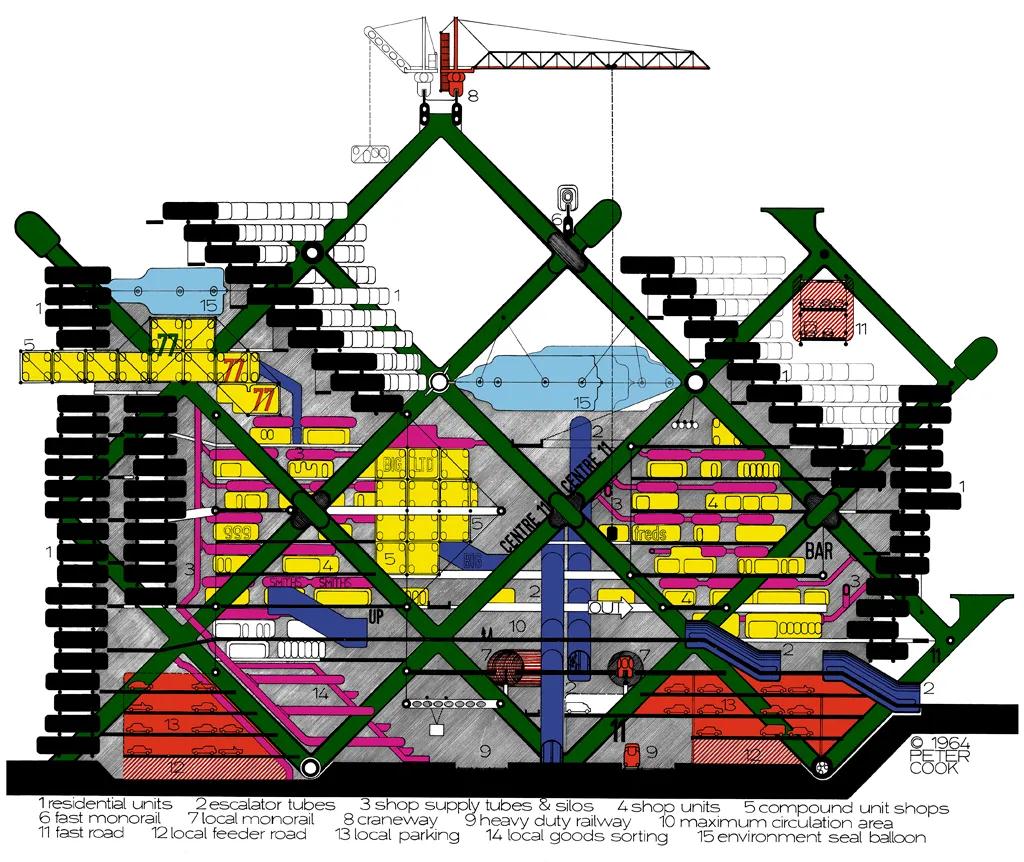Exploring the Architectural Legacy of Alison and Peter Smithson: Pioneers of Brutalism
#### IntroductionAlison and Peter Smithson, a renowned architectural duo, are celebrated for their significant contributions to the Brutalist movement. Thei……
#### Introduction
Alison and Peter Smithson, a renowned architectural duo, are celebrated for their significant contributions to the Brutalist movement. Their innovative designs and philosophies have left an indelible mark on modern architecture. This article delves into their legacy, exploring their most notable works, design principles, and the impact they have had on contemporary architecture.
#### Who Were Alison and Peter Smithson?
Alison and Peter Smithson were British architects who emerged in the mid-20th century. They are best known for their role in developing the Brutalist architectural style, characterized by its raw concrete structures and functional forms. The couple collaborated on various projects, blending their individual talents to create spaces that were both practical and aesthetically striking.
#### The Brutalist Movement

Brutalism, a term derived from the French "béton brut" meaning "raw concrete," gained popularity in the 1950s and 60s. It emphasized the use of exposed materials, geometric shapes, and a focus on functionality. The Smithsons were instrumental in promoting this movement, advocating for architecture that reflected the social and cultural context of the time. Their designs often aimed to foster community and interaction among inhabitants.
#### Notable Works of Alison and Peter Smithson
Among their most famous projects is the Robin Hood Gardens in London, a housing complex designed in the 1970s. This project exemplified their vision of creating social housing that encouraged a sense of community. The design featured a series of interconnected blocks, with communal spaces that promoted interaction among residents. Although the building faced criticism and was eventually demolished, it remains a significant example of their architectural philosophy.
Another landmark project is the Economist Plaza in London, completed in 1964. This development showcases the couple's ability to integrate architecture with urban planning, creating a space that encourages public engagement. The plaza features a series of bold concrete structures surrounded by landscaped areas, providing a welcoming environment for visitors.

#### Design Philosophy
Alison and Peter Smithson believed that architecture should respond to the needs of its users. They emphasized the importance of context, advocating for designs that were rooted in their surroundings. Their approach often involved extensive research and collaboration with communities to understand their needs and aspirations. This user-centered philosophy is evident in their projects, which prioritize functionality and social interaction.
#### Impact on Contemporary Architecture
The influence of Alison and Peter Smithson can be seen in the work of many contemporary architects. Their commitment to Brutalism and social architecture has inspired a new generation to explore the relationship between design and community. Today, many architects are revisiting the principles established by the Smithsons, seeking to create spaces that are not only visually striking but also socially relevant.

#### Conclusion
Alison and Peter Smithson's legacy as pioneers of Brutalism continues to resonate within the architectural community. Their innovative designs and commitment to social engagement have paved the way for future generations of architects. By understanding their contributions, we can appreciate the profound impact they have had on shaping modern architecture and the built environment. As we explore their works and philosophies, we are reminded of the enduring importance of architecture in fostering community and enhancing our daily lives.